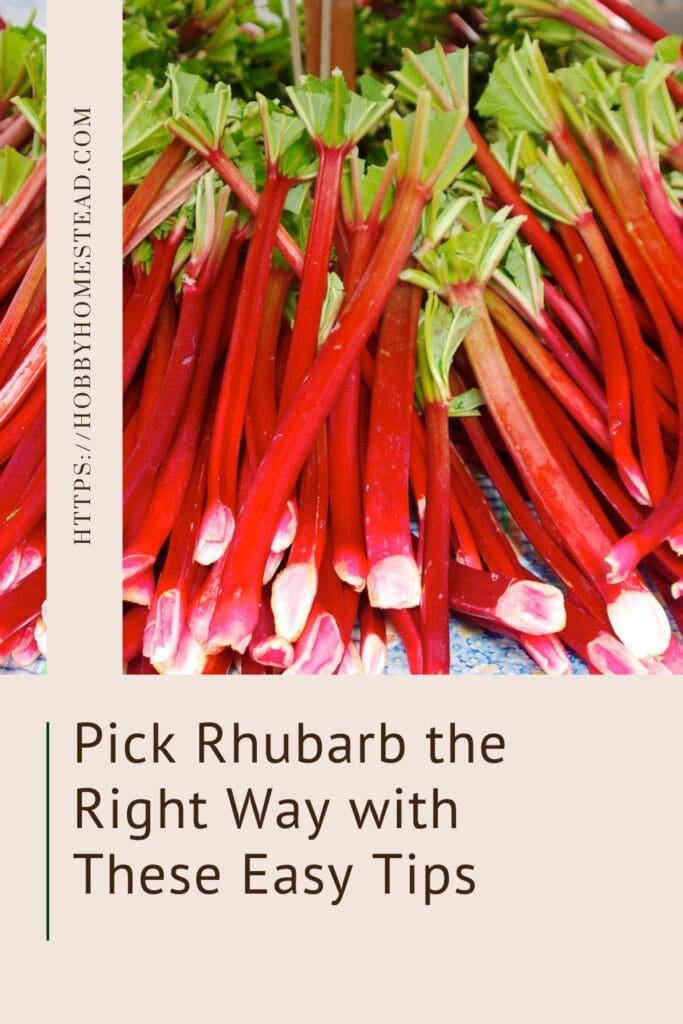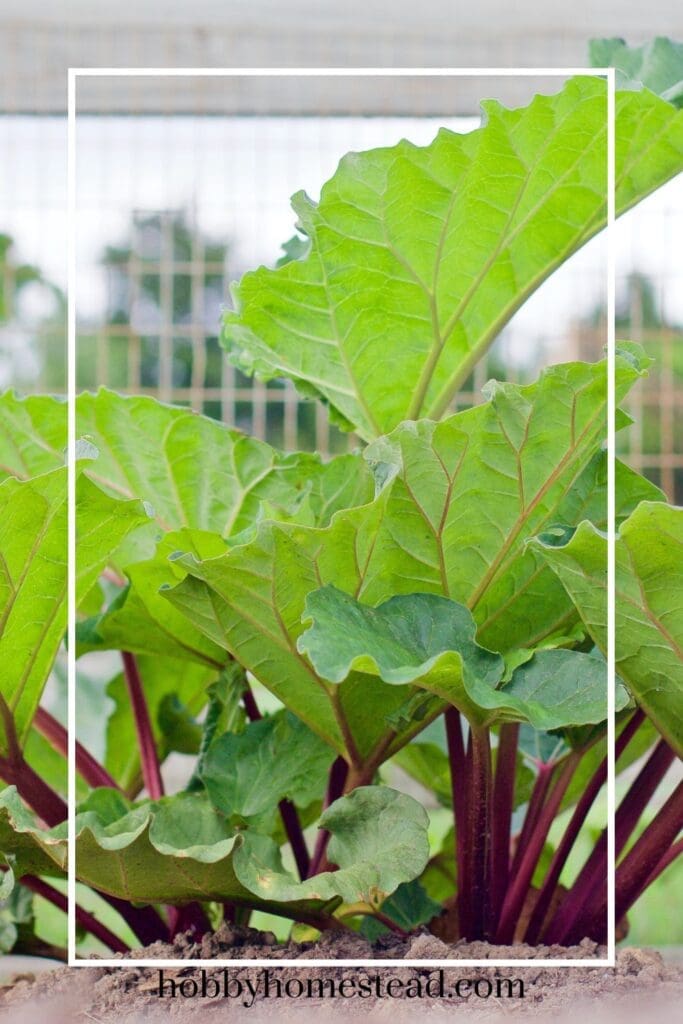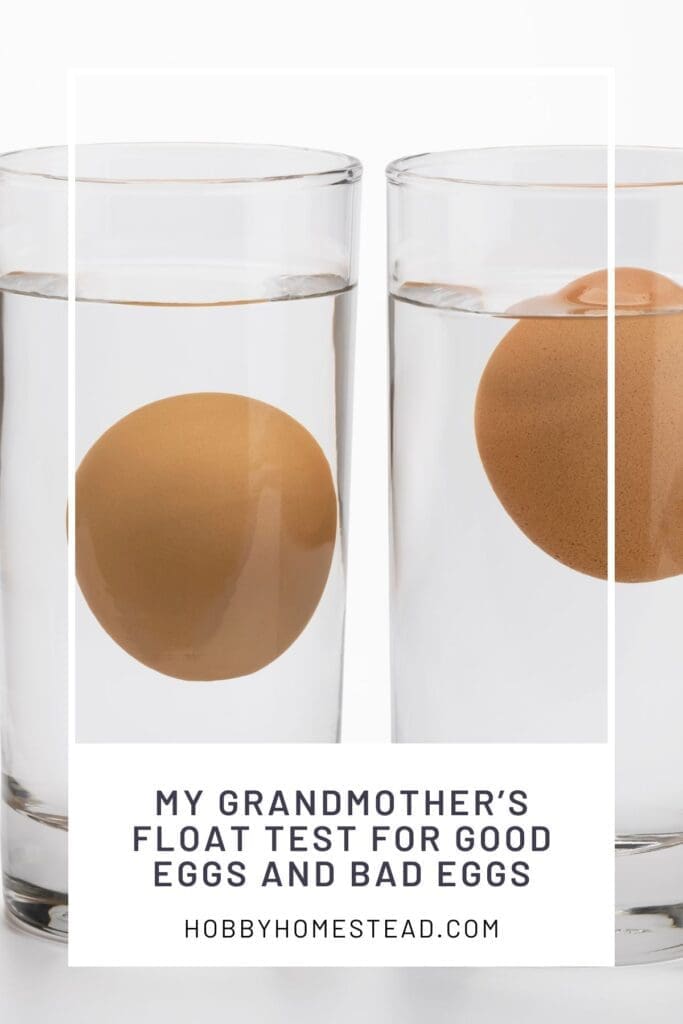With these easy times, learn how to pick your rhubarb the right way. If you’ve got a rhubarb patch in your garden, knowing when and how to pick rhubarb stalks is the first step to enjoying plentiful harvests for many years to come.
Rhubarb harvest time is always special at our place—and this year, I got to show my daughter how to do it the right way.
Let’s walk through the best way to harvest rhubarb—from the correct way to pull it, to how to spot the right size stalks, to dealing with those big leafy tops.

When Is the Best Time to Harvest Rhubarb?
The right time to harvest rhubarb depends on the size of the stalks and the age of your plant. Depending on your USDA hardiness zone, this usually starts in late spring and continues until late June or early July.
The best time to harvest rhubarb is in the early spring, once the stalks are about 10 to 15 inches long. As a general rule, wait until the rhubarb stalks are at least 12 inches long for smaller varieties, and up to 24 inches for the larger, more vigorous types.
The stalk should feel firm and upright, not floppy or thin. If the stalk is too short or spindly, it’s not ready—and harvesting too early can weaken your rhubarb patch over time.
In a typical growing season, a mature rhubarb plant can be picked several times if harvested correctly.
Avoid harvesting in the first year after planting rhubarb crowns or bare-root plants. Let your young plants establish strong growth. In the second year, pick lightly. By the following year, you’ll likely have a mature rhubarb plant that can provide a good amount of fresh rhubarb.
The Right Way to Harvest Rhubarb
There’s an old wives’ tale that says to cut rhubarb with a sharp knife. That’s actually the wrong way!
The best method is to grasp each stalk near the base of the plant, give it a gentle twist, and pull it away cleanly. This keeps the crown of the plant healthier and encourages new stalks to grow.
This is exactly what I showed my daughter—and she was amazed by how easily the stalks came free when done right!

Don’t Pick Too Much!
It’s also important not to overharvest. Rhubarb plants are perennial vegetables, meaning they return year after year, but only if treated with care. You should never remove more than one-third of the plant at a time. The plant needs to retain enough leaves to continue photosynthesis and store energy for strong growth next year.
If you have multiple rhubarb plants, it’s best to harvest a few stalks from each one rather than stripping one plant bare. This ensures that each crown of the plant stays healthy and strong throughout the growing season, especially from early spring through early July (or late June in warmer zones).
You can usually begin harvesting in the second year of growth, but only lightly. By the third year, once your rhubarb is well established, you can look forward to a more plentiful harvest—just be sure to keep your picking method gentle and your timing smart!
What to Do with the Leaves
After pulling the stalk, you’ll notice the large leaves of the rhubarb plant. These leaf blades contain oxalic acid, which is toxic if ingested. They should never be eaten, even though they might look like edible plants.
I always remove the rhubarb leaves immediately and toss them right onto the lawn. The lawnmower chops them up and turns them into mulch—no compost pile needed!
Choosing the Right Size Stalks
Not all rhubarb stalks are created equal. The smaller stalks tend to be more tender with a less sour taste—great for making pie fillings like strawberry rhubarb pie with just a little sugar.
Medium stalks are ideal for most recipes, though sometimes they have a tough outer layer. I use my old kitchen knife and show my daughter an easy way to peel it: hold the skin near the tip with your thumb and gently strip it down the stalk.
As for longer stalks, especially those with large leaves or that have turned thick and woody? I usually skip them. They tend to have a more fibrous texture and can taste bitter—definitely not the best for your next pie.
Signs It’s Not the Right Time to Pick
If your rhubarb plants start sending up flower stalks or flower stems, that’s your sign to stop harvesting. This typically happens around the end of June or early summer. Let the plant rest and rebuild energy for next year’s harvest.
You should also stop harvesting from young plants too early in the season to avoid weakening the entire plant.
How to Store Fresh Rhubarb
Once you’ve picked your fresh rhubarb, you can store it in a plastic bag in the refrigerator for up to a week. For longer storage, slice it into smaller pieces, place in an airtight container, and freeze for later use.

Bonus Rhubarb Growing Tips
- Plant in full sun and fertile soils for best growth.
- Avoid insect pests like rhubarb curculio and stalk borers by keeping your patch tidy.
- Remove flower stems to redirect energy into stalk production.
- If you’re starting new plants, plant in late autumn or late winter depending on your climate.
- Rhubarb is a perennial vegetable—a true herbaceous perennial—so with proper care, it can thrive for many years.
Plentiful Harvests
We love the springtime when we can go out to our backyard and pick our rhubarb. It’s great to pass our gardening knowledge onto the next generation.
Whether you’re a fan of rheum rhabarbarum, call it the pie plant, or just love the tang in a strawberry rhubarb pie, learning the correct way to harvest rhubarb ensures plentiful harvests season after season.
Reference
Epic Gardening. How To Harvest Rhubarb Without Plant Damage


